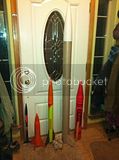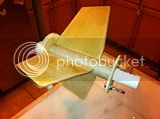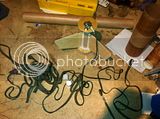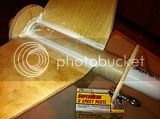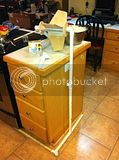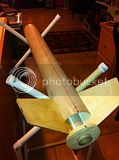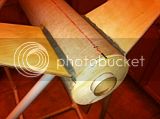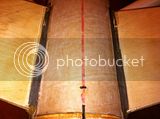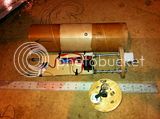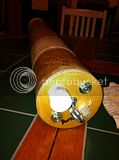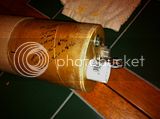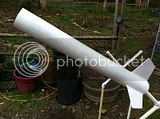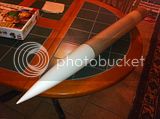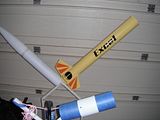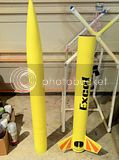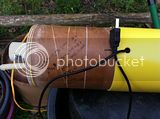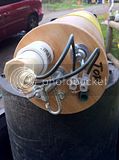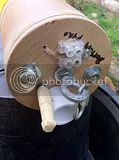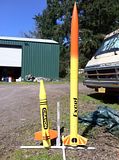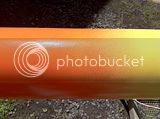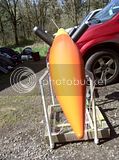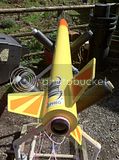Salvage-1
Certified
- Joined
- Mar 17, 2012
- Messages
- 2,688
- Reaction score
- 41
I see articles in the magazines about HPR builds, and peoples first addiction to the new area, so, I thought I would start my own thread on here to further introduce myself and what i am getting myself into.
So..
After doing a lot of looking around the net, brochures, YouTube vids of flights, etc. I came up with a plan to create a modular rocket that could be used with 38mm and 54mm motors, and would be possibly light enough to send skyward with 29mm in an adapter.
My choice was a Binder Design Excel Plus in 38mm, then when I have finished the main rocket, get another, a standard Excel in 54mm. The Excel Plus is basically the standard 4" Excel 3FNC with a dual deploy setup (payload bay and front body tube). Excel is 50" and the Plus is 71" so that gives you scale. Since both are available in 38" and 54" this means that with good planning and quality build, I will be able to use this in 4 possible configurations:
1 - Standard 50" Excel in 38mm
2 - Standard 50" Excel in 54mm
3 - Excel Plus in 38mm
4 - Excel Plus in 54mm
So, this would give me plenty of 'rockets' and room to play G through K. Some playing around with RockSim also told me that some high I's and a lot of K's may even boost this project to the 1m high and Mach 1 barriers, if the airframes last that long.
This is mostly going to be my sanity and build 'log', but feel free to chip in comments, I am positive that there are people on here with knowledge that I dont yet know that I need.
Also looking at flooding the thread with pics so show what I am up to.
Rob
So..
After doing a lot of looking around the net, brochures, YouTube vids of flights, etc. I came up with a plan to create a modular rocket that could be used with 38mm and 54mm motors, and would be possibly light enough to send skyward with 29mm in an adapter.
My choice was a Binder Design Excel Plus in 38mm, then when I have finished the main rocket, get another, a standard Excel in 54mm. The Excel Plus is basically the standard 4" Excel 3FNC with a dual deploy setup (payload bay and front body tube). Excel is 50" and the Plus is 71" so that gives you scale. Since both are available in 38" and 54" this means that with good planning and quality build, I will be able to use this in 4 possible configurations:
1 - Standard 50" Excel in 38mm
2 - Standard 50" Excel in 54mm
3 - Excel Plus in 38mm
4 - Excel Plus in 54mm
So, this would give me plenty of 'rockets' and room to play G through K. Some playing around with RockSim also told me that some high I's and a lot of K's may even boost this project to the 1m high and Mach 1 barriers, if the airframes last that long.
This is mostly going to be my sanity and build 'log', but feel free to chip in comments, I am positive that there are people on here with knowledge that I dont yet know that I need.
Also looking at flooding the thread with pics so show what I am up to.
Rob





